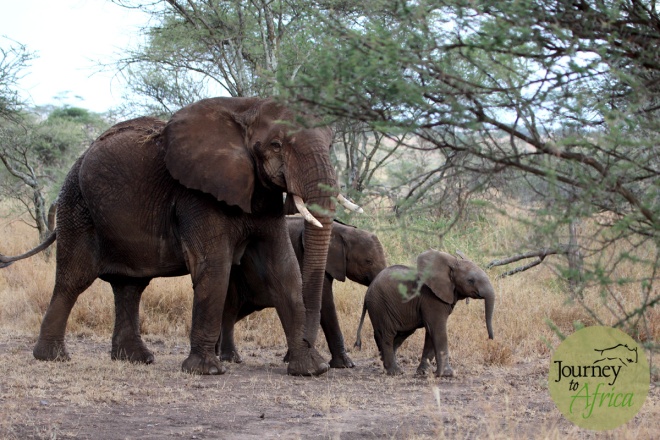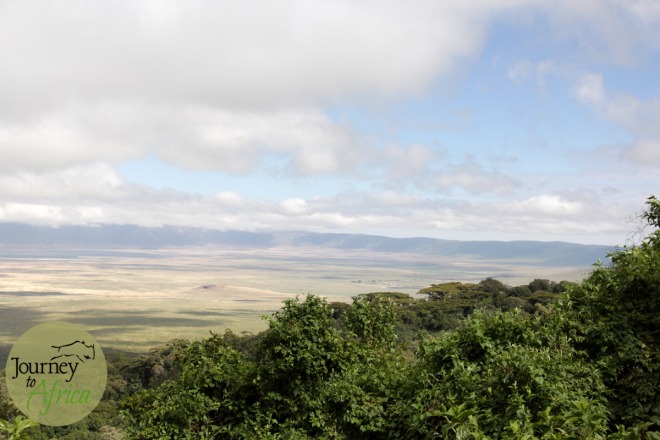As soon as we passed Oldoniyo Lengai, the volcanic mountain in Loliondo, east of Serengeti National Park from my Tanganyika Flying Company scheduled flight to Kogatende airstrip in Northern Serengeti, my heart skipped a beat. Serengeti, here I come … again and again.
Why Serengeti still takes my breath away?
My current top eight reasons why I could go back to Serengeti in a heartbeat.
One.
The Great Wildebeest and Zebra Migration.
Oh yes! Being surrounded by hundreds and thousands of animals is unexplainable unless you have been there to witness it first hand. When I was flying to Serengeti in early June, I was expecting to see the migration in Central Serengeti. Well to my surprise, and lucky me, I got to see the arrival of the herd in Northern Serengeti earlier then normal from Western Serengeti. There is no exact timetable on these matters. Luckily our guide said some of the Wildebeest and Zebra groups where still in Western Serengeti as we had clients booked in that region to experience this phenomena.

Walking in single file. The herds are coming into Northern Serengeti from Western Serengeti. Oh the excitement!

The longer we sat watching them march in, the larger the herds grew. What an experience!

The morning sun spraying gold over Serengeti. Here is a small herd having just crossed the river.
Two.
Cats and cats.
Oh these beautiful animals. Serengeti is home to a large concentrations of lions, cheetahs and leopards. In Northern Serengeti, I was lucky to see group of about 20+ lions ranging from couple of month olds to their mamas having a go at a freshly hunted wildebeest. ‘Food’ aka the migration was coming in. What an experience! Reuben, my Olakira Camp guide and I did not want to leave. He had promised me a sundowner near the table hills but we opted to stay back. How can you blame me. Look at those eyes.
We spent a while enjoying the interactions of this beautiful family in the Northern Serengeti valley.

In the valley, about 20+ lion family enjoying a recent wildebeest kill. Some cubs were just a few months old. What a splendid sighting!

Some having a go at dinner while others needed a stretch or rub after some grub.
Central Serengeti is known as cat central. And it did not disappoint. We got to enjoy a few sighting away from the crowds that Central Serengeti attracts. Trust your guide and head the other direction.

Look at that wee one following her mama through the tall grass.
Rains were about to come when in Central Serengeti and my guide Makubi and I were trying to get to Dunia Camp. Well, this stunning leopard appeared and getting wet was an understandable option. We got to hang out for a bit and stare.

A stunning leopard spotted resting on a branch.
Three.
Elephants.
I love elephants! They are just beautiful and so precious and threatened. In Northern Serengeti, I spotted a few but at a distance. South Central Serengeti, very close to Moru Kopjes, I was elated. Large herds were right next to the road. Elephant mama and babies – lots of them. Please stay safe! I am coming back to see you grow.

Elephant mama warning us. We hear you mama. We will not harm you and your babies.

Little one marching on. Look at that little trunk.
Four.
Impalas, why of course.
On this Safari, thanks to Makubi and my private Serengeti walking guide Richard, I got to know more about these beautiful yet polygamous animals.
Did you know a male impala has a harem of female impalas? Yup, one male can have up to 20 ladies at his back and call. Then there are the bachelor herds who are always ready to spring into action should a window open. As per Makubi, it is similar to the Maasai and Kuro tribe members who live on the boundaries of Serengeti. Ummmh!

A female group with babies.

Privacy please! Here is a male impala getting ready to mount on the female. The mating ritual lasted for about 20 minutes before she would let him on.
Five.
Birds.
My friend and elite guide Paul Oliver is a birder. I know many birders. He has been trying to get me into birding.
So this time, I chose to look up and was so impressed with the many colors that were presented to me. Lovely magpies shreks, common but colorful lilac breasted roller and egyptian geese. I will have to work on honing my birding skill on my next Safari. I am hooked.

The beautiful watercolor like Lilac breasted roller

Magpie shrek. Mama bird with the white feather just handed over a worm to the baby Magpie. It was a fun exchange to witness.
Six.
An array of eco-system.
Serengeti has so much to offer. My time in Northern Serengeti and Central Serengeti gave me a glimpse of hills, valleys, rivers, endless plains, long grass, short grass, stunning kopjes, bushy terrain, woodlands and more.
When game driving or heading back to your camp, you can stare at the landscape and not tire of what you have in front of you. The sunrise that starts to peek behind the acacia tree and the sunset that makes for the magic golden hour are pure bliss. Serenity in Serengeti.

The table hill of Northern Serengeti. So many other hill dotted in the North.

The open plains of Central Serengeti heading towards Dunia Camp near the Moru Kopjes
Seven.
Great lodges here to unwind end of the day.
At the end of the day, it feels so good having a comfortable bucket shower [common in most tented camps] and then heading to the main lounge and dining area. Usually the first stop is the campfire [unless is rains like it did for me at Dunia Camp] where you get to relax with your drink and get to know other guests. This is when the stories start. Who got to see what, were and do you have pictures to share? You get to sharing things like where are you from, why Tanzania, where are you going next, etc. I usually get the envious, how many time have you been on Safari?. Plenty but many more to come.
Just a good way to end a day on Safari. Oh, and the food is delicious as well.

The stunning view of Serengeti from Lamai Serengeti.
Eight.
Private Serengeti!
What a thrilling experience this was for me. No vehicles, seeing animals on foot, adrenaline pumping moments and you being able to hear your breath as you try to be still when a buffalo is 30 ft away from you. I would jump at a chance to be out there again. I ended my day sitting with a cold Kilimanjaro beer on a kopje, watching one of the most memorable sunsets in Serengeti.

Golden Hour! Roaring fire, cold beer, stunning sunset while sitting on top of a kopje in Serengeti. Happiness.
Serengeti never fails to take your breath away. An adventure awaits all day, any time, all year-round. Karibu [welcome] Serengeti!
“The real voyage of discovery consists not in seeking new landscapes but in having new eyes.” – Marcel Proust
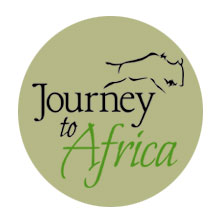
Life worth Exploring! ™
Make memories on your Journey To Africa Safari.
Get in touch //
Email – Safari@JourneyToAfrica.com
Call – 1.877.558.6288 / 713.592.6228 [outside US]
Form – Request Information


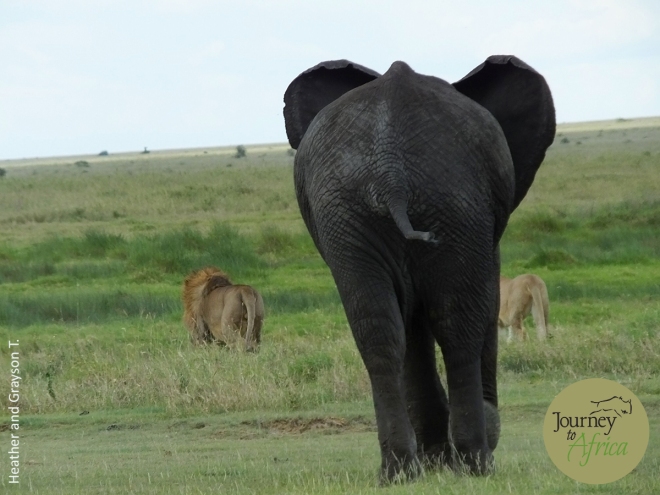

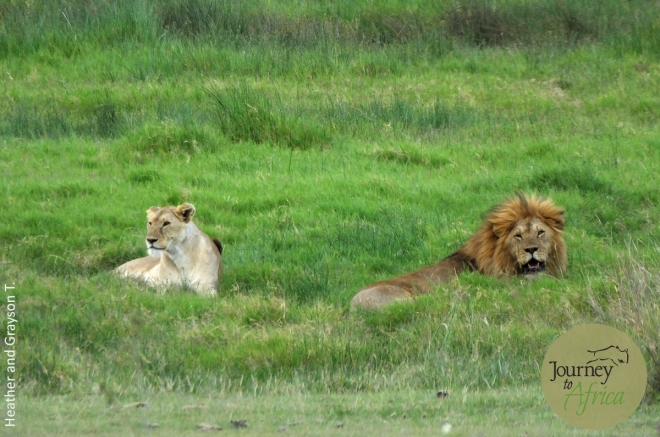


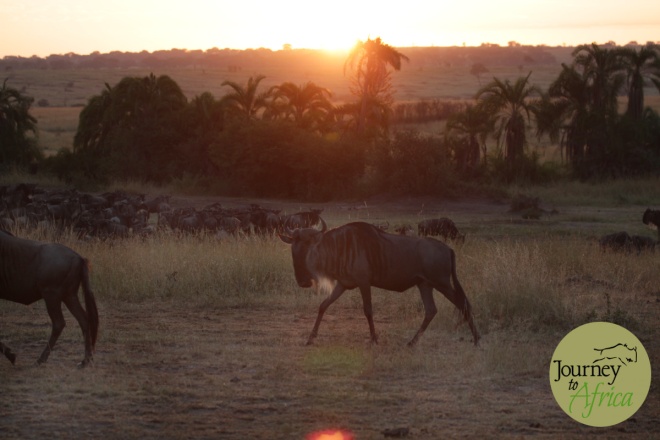
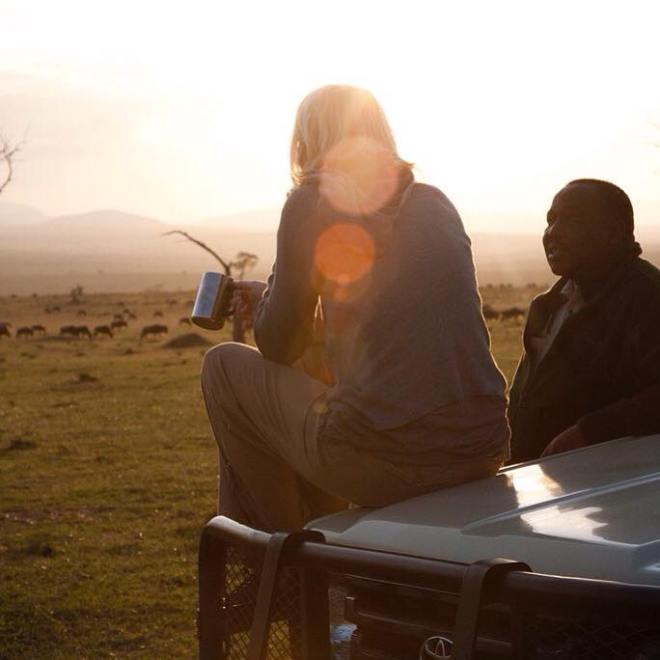

 We had the pleasure of spending a nice long time with this large elephant herd in wild
We had the pleasure of spending a nice long time with this large elephant herd in wild 





















